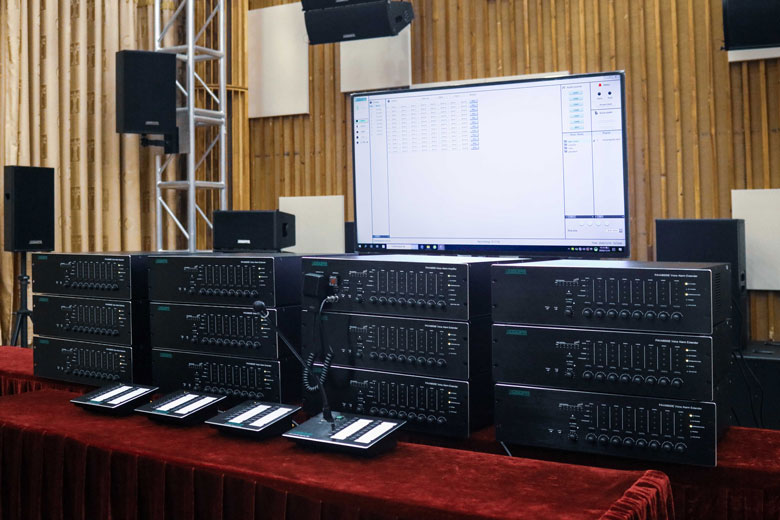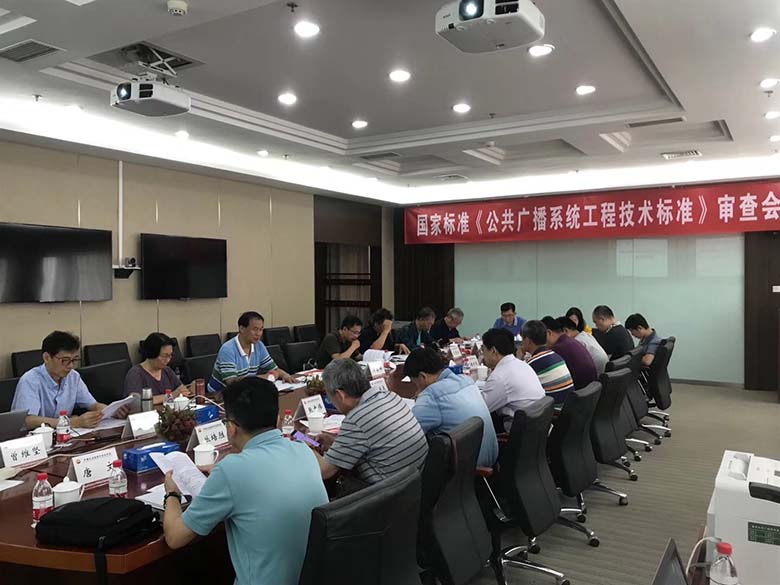
In the field of digital audio processing, the Digital Audio Processor (DAP) plays a crucial role. Through complex algorithms and calculations, it processes audio signals in various ways to enhance, adjust, or transform sound. This article will delve into the working principles of digital audio processors and their optimization strategies.

The primary working principle of a digital audio processor is to process the input audio signal in real-time by utilizing a series of digital signal processing techniques. The main workflow includes:
The first step for a digital audio processor is sampling and quantizing the input audio signal. Sampling converts continuous audio signals into discrete samples, while quantization converts the value of each sample into a specific numerical range. This process ensures that the audio signal can be understood and processed by digital systems.
The sampled and quantized audio signal is sent to the Digital Signal Processing (DSP) module. This module includes various algorithms such as filters, equalizers, reverbs, compressors, etc., to alter the characteristics of the audio signal.
The processed audio signal is sent out of the DSP module and sent to speakers or other audio devices for playback through appropriate hardware or software interfaces.
With the development of digital audio processing technology, optimizing digital audio processors for better performance and effect has become a key focus of research. Here are some primary optimization strategies:
Algorithms are the core of digital audio processors. Optimizing algorithms can increase processing speed, reduce the use of computing resources, while maintaining or improving audio quality. This requires engineers to conduct in-depth studies on algorithms, identify possible bottlenecks, and improve them.
Using specialized hardware processors like FPGA (Field Programmable Gate Array) or ASIC (Application-Specific Integrated Circuit) can significantly improve the speed and efficiency of digital audio processing. These hardware accelerators can process multiple tasks in parallel, reducing the burden on the CPU.
By employing parallel processing techniques, multiple audio streams can be processed simultaneously, thereby enhancing overall performance. This requires efficient parallel computing technology and multithreading techniques.
To maintain or improve audio quality, various audio quality enhancement technologies can be used, such as noise suppression, echo cancellation, dynamic range control, etc. These technologies can improve audio quality without adding computational burden.
A user-friendly interface can make it easier for users to operate digital audio processors. By providing an intuitive operation interface, rich preset settings, and powerful parameter adjustment features, the diverse needs of different users can be met.
Digital audio processors play an important role in the audio processing field. The primary working principle involves processing audio signals through steps such as sampling, quantization, and digital signal processing. To optimize digital audio processors, we can focus on algorithm optimization, hardware acceleration, parallel processing, audio quality enhancement technologies, and user interface optimization. These optimization strategies not only improve the performance of digital audio processors but also enhance user experience and audio quality.
 【DSPPA Demo】PAVA8000 EN54 Voice Evacuation SystemNovember 12, 2020Abstract: DSPPA PAVA8000 EN54 Voice Evacuation SystemToday, we are gonna show you a demo about our PAVA8000 EN54 Voice Evacuation System.PAVA8000EN54 Voice Evacuation System can not only support manua...view
【DSPPA Demo】PAVA8000 EN54 Voice Evacuation SystemNovember 12, 2020Abstract: DSPPA PAVA8000 EN54 Voice Evacuation SystemToday, we are gonna show you a demo about our PAVA8000 EN54 Voice Evacuation System.PAVA8000EN54 Voice Evacuation System can not only support manua...view The National Standard Approval Meeting held in BeijingJuly 19, 2019The National Standard Approval Meeting held in BeijingThe approval meeting of the National StandardTechnical standard of public address system engineeringis held in Beijing on July 16, 2019. Xue Chang...view
The National Standard Approval Meeting held in BeijingJuly 19, 2019The National Standard Approval Meeting held in BeijingThe approval meeting of the National StandardTechnical standard of public address system engineeringis held in Beijing on July 16, 2019. Xue Chang...view